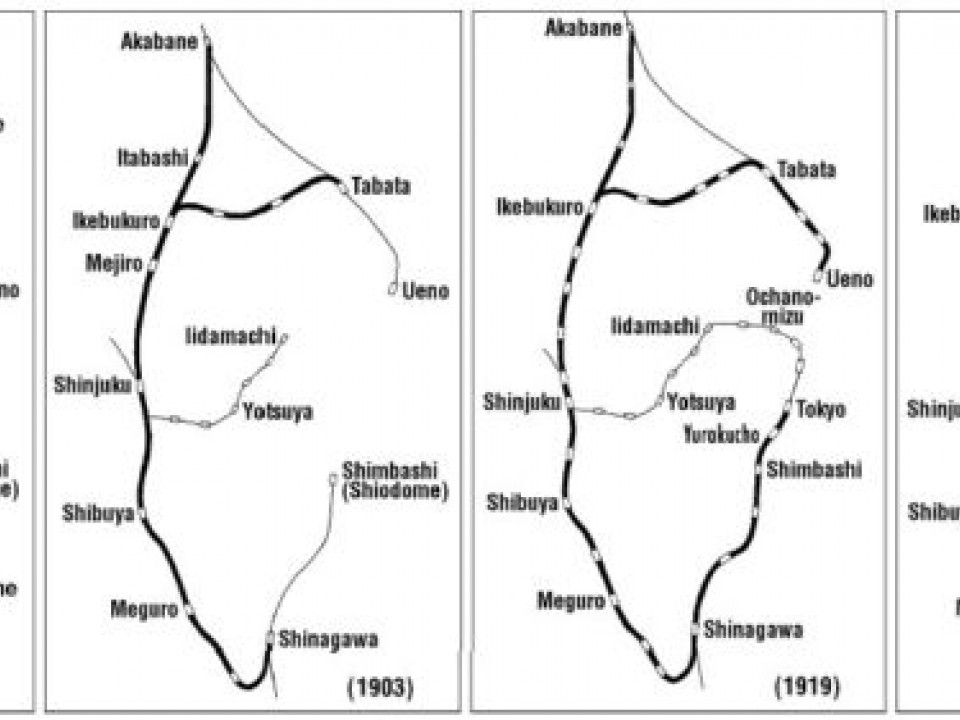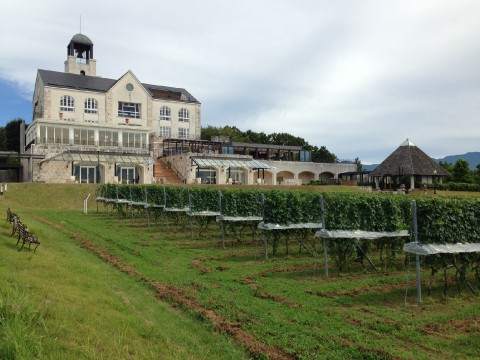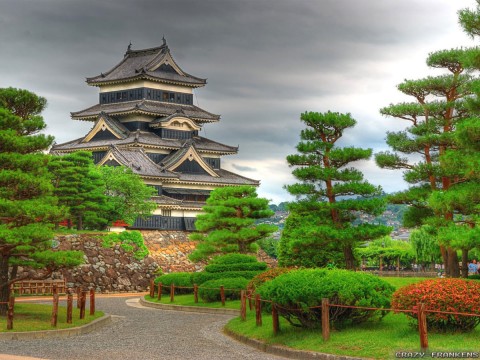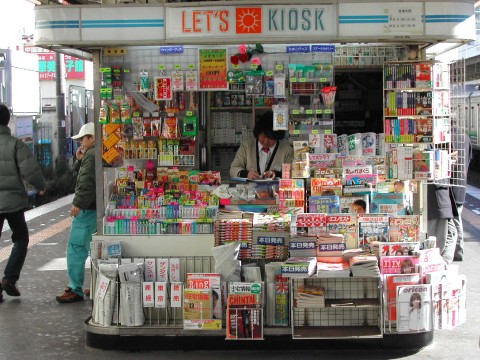Tokyo's Yamanote Line: More Than You Ever Wanted To Know
Around-and-around she goes...
Cruise through the pages of Deep Japan, and you'll find tons of advice on how to ride the trains and get to where you're going. But, did you ever stop to think about *how* and *why* the train system in Japan became like it is?
There are way too many train lines to count, and each line has its own history and lineage. For this installment, I'll focus on the mass transit nervous system of Tokyo - the Yamanote Line.
We all know what the Yamanote looks like today. Instantly recognizable to just about everyone in the Kanto area, the familiar green cars of the Yamanote cruise by about every four minutes, a hectic schedule by anyone's estimation, and that pace is accelerated to every 2 and a half minutes during the morning and evening rush hours. One loop around its 29 stations takes about one hour, and there is actually, for timetable purposes, a terminal station - Osaki Station, next to Shinagawa, on the southern part of the line. Osaki station was chosen since it is the site of the JR rail yards.
Trains start at 04:26 AM to 01:18 the next day, which equates to a service outage of only about 3 hours and 8 minutes - which makes you wonder...why bother stopping service at all? Well, we know the answer to that. All required track, station and line maintenance gets done in that brief pause.
JR says that an average of 3.72 million people use the Yamanote Line daily. For something of an obscure contrast, that is like carrying the entire population of the US state of Oklahoma every single day.
So, how did the Yamanote line form? Did someone at JR say, "Hey, let's build a loop line in Tokyo?" and be done with it? Turns out the Yamanote was created more by accident than by design.
Oh, I missed my stop...well, it'll come back around in an hour
The antecedent of the Yamanote Line was started in 1885 when the then-called Nippon Railway Company had two lines - terminating at Akabane station in the north, with a spur running to Ueno, and Shinagawa station in the south, and linked them with a line going through the sleepy western hamlets of Meguro, Shibuya, Shinjuku and Ikebukuro. In spring of 1903, the top part of the loop linking Ikebukuro with Tabata (and effectively cutting off Akabane from the Yamanote line).
For 22 years, the line operated as an open circle, going from Ueno to Shinagawa, then to Tokyo when that station was linked with the line in 1919. Rail construction was impacted due to the 1923 Great Kanto Earthquake, but soon recovered. Finally, in 1925, the section between Ueno and Tokyo was linked and, with double-tracking completed, the Yamanote line took the form we know today.
In the early days of the Japan rail operations, the Ministry of Railways, which functioned as a full cabinet ministry until 1949, forbade any private operators from crossing a JR line. To comply with this rule, many private operators had to terminate their operations at a JR station. As a result, several major transfer hubs were created, and that is how we wound up with the huge passenger terminals we see today at Shibuya, Shinjuku and Ikebukuro.
Development of the Yamanote Line is not done. In 2012, JR announced plans to construct a new stop between Shinagawa and Tamachi stations, which will increase the number of stations to an even 30. The new station, as of yet unnamed, is slated to open before the start of the 2020 Tokyo Olympics.
18 Quick Facts and Figures to Amaze Your Friends
Did you know...
1) The Yamanote line actually has a start point in Shinagawa and there is a 0Km mark in the station.
2) Shinagawa is the lowest in altitude of only 3.8m above sea level.
3) Yoyogi is the station with the highest altitute above sea level (38.7m).
4) Most of the trains depart from Osaki out of the Yamanote Depot south of the station.
5) Shibuya is the station with the most billboard places (some 550 slots) and it is the most expensive station to advertise of all of the 29 stations on the Yamanote line.
6) Shinjuku is the busiest station in terms of ridership, with about 760,000 passengers daily.
7) Shinjuku has the most number of Kiosks (20 out of the 220 in the Yamanote loop).
8) There are actually 2 crossings on the Yamanote line (as opposed to overpasses or underpasses, which you most frequently see): One is between Mejiro and Ikebukuro and the other one is Komagome and Tabata. According to JR, during rush hour, the gates at these crossings are constantly closed for over two hours.
9) Driver changes happen at two stations: Ikebukuro and Ozaki. Approx 150 drivers do the run per day and drivers are limited to 2 rounds per shift before they must take a break.
10) Training of Yamanote line drivers and conductors takes place in the JR Saitama training center with live size simulators.
11) Otsuka station is the only station left with a street car connection in the whole loop.
12) One car (of the 231-series, which are the main rolling stock of the Yamanote now) weights about 27 tons. One train has about 11 cars, which means that the train itself clocks in at a total of close to 300 tons.
13) New train cars are made at Niitsu Heavy Industries in Niigata prefecture, and are delivered to the Tokyo area via the Shinetsu, Joetsu, and Takasaki line.
14) The newest station in the Yamanote Loop - for now - is Nishi-Nippori station which opened on 20 April, 1971.
15) Shortest distance between 2 stations is Nishi-Nippori and Nippori which are only about 500 meters apart.
16) The farthest is the 2.2 km distance between Shinagawa and Tamata stations. This is the stretch where Yamanote trains hit their maximum speed of 90 km/h
17) The station with the least passengers is Uguisudani with only an average of 25,000 riders per day.
18) Tokyo station superlative list. It is the most in terms of: a) Staff: over 1000 staff members; b) Departures/arrivals: about 4000 trains depart/arrive daily; c) Platforms: 28.

jdlawrence
United States
























